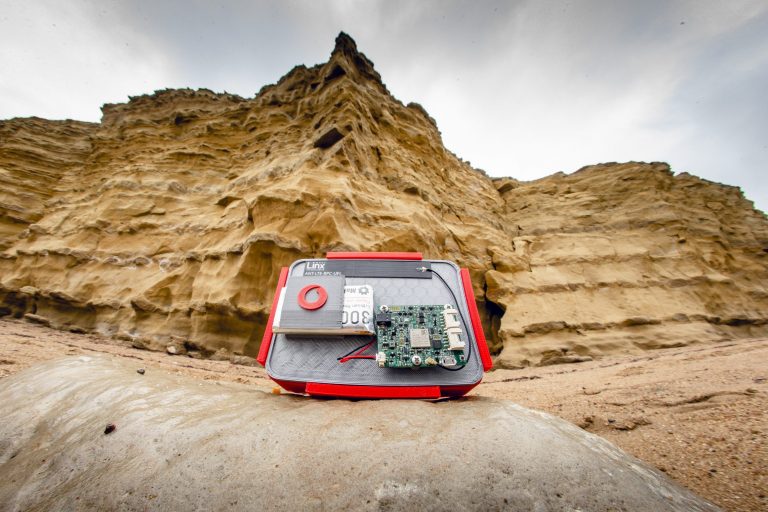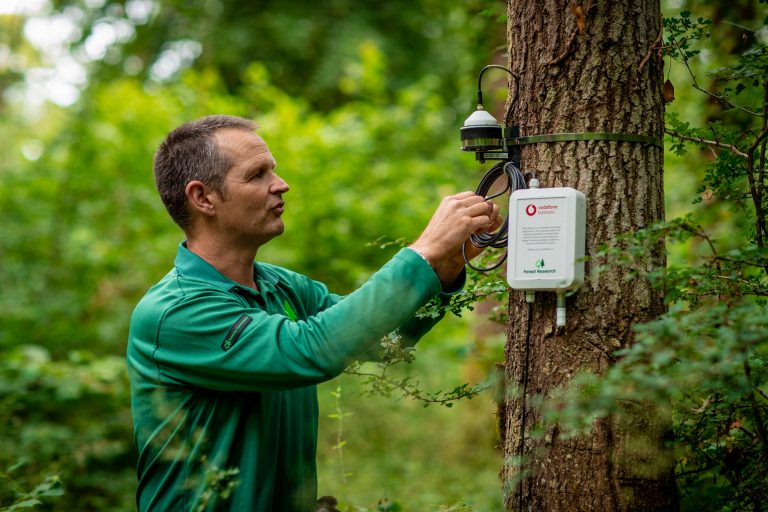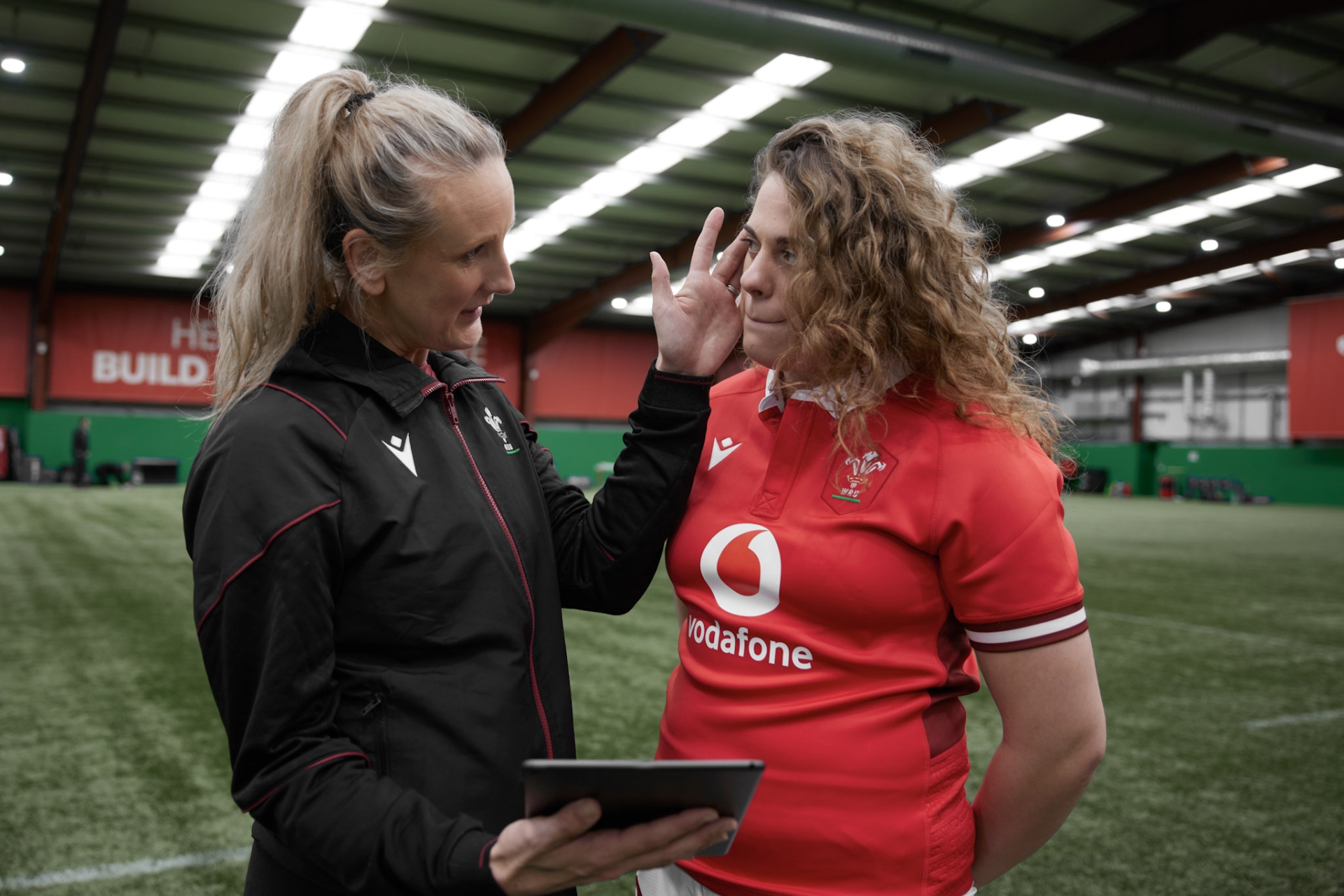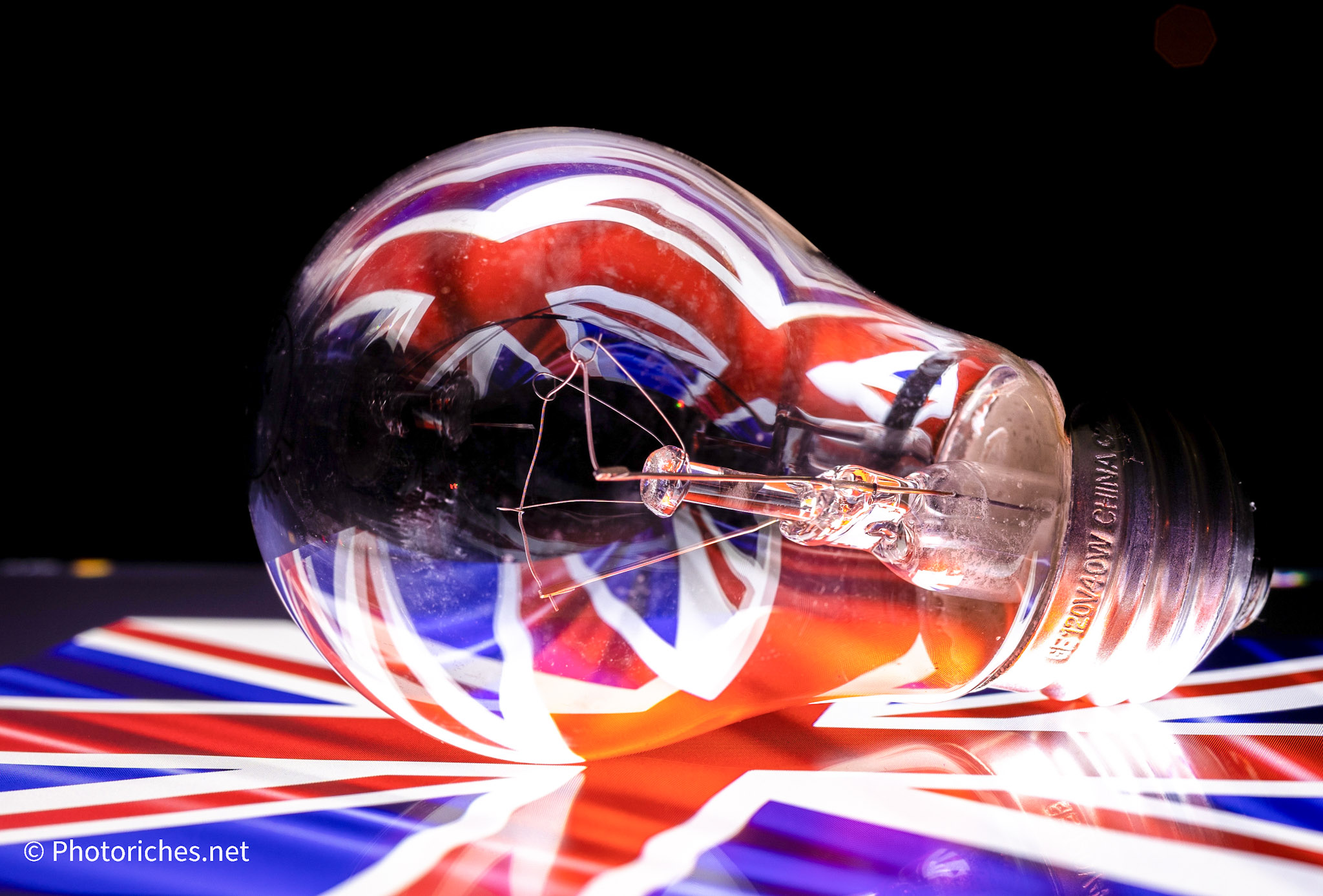
The Internet of Things may sound like buzzword bingo, but this low-key yet wide-ranging technology is already changing our lives in many ways.
So what is the Internet of Things?
The Internet of Things – IoT for short – is a way of connecting unattended, usually low-power devices and sensors to the internet.
Desktop PCs, laptops, smartphones, tablets and smart TVs are almost always actively used by a person whenever they’re connected to the internet. In contrast, IoT devices just get on with the job by themselves. That’s the idea behind the name – ‘things’ being connected to the internet, rather than people.
What do these connected sensors do?
They collect all sorts of data, from wind speeds to lighting levels, temperature to air quality – even the location of your pet.
A smart home kit is a classic example of IoT. Smart thermostats and security cameras need an internet connection for most of their features to work, whether it’s automatically adjusting your heating in response to the outside temperature or storing recorded footage of your driveway.
But they can do all this by themselves using cloud services, without the need for you or anyone else in your household to press a button.
What else can IoT do?
IoT can do lots of things, inside the home and out. For example, sensors are monitoring erosion on the Dorset coast; keeping tabs on water pipes for leaks; and measuring the impact of climate change on forests.
All of these devices will rarely, if ever, be actively used by a person. Instead, they do their jobs automatically, collecting and sending data which can be analysed centrally, often in real time.

How do these IoT devices actually connect to the internet?
While smart home kit and other domestic IoT connect to the internet through your WiFi router, IoT sensors and devices in places like the great outdoors – and some workplaces such as factories and farms – will need to use 2G, 4G and 5G mobile networks due to their location.

Credits: Tom Dymond
In some especially far-flung places, they’ll need to use a low-power wide-area network (LP-WAN) connection instead. There are two main types of LP-WAN connection for IoT: LTE-M and NB-IoT.
What are the differences between LTE-M and NB-IoT?
LTE-M (Long Term Evolution – Mobile) and NB-IoT (Narrowband IoT) have a lot in common. Both are types of LP-WAN, so they can have exceedingly long range, but at the cost of only carrying small amounts of data. While of little use for doorbell cameras, this can be ideal for IoT devices such as the sensors used by Defra and Forest Research to collect readings about trees in far-off forests. Both LTE-M and NB-IoT can also be exceedingly power-efficient, helping conserve battery life – essential for sensors meant to be left unattended in remote locations for long periods of time.
The differences between the two lies in location and speed. LTE-M is best suited for sensors that have to move around, such as when they’re mounted on a vehicle. NB-IoT, on the other hand, is best suited for sensors that stay in one place. This is due to differences in latency between the two. Lag with LTE-M can be as low as 10-15 milliseconds. Lag with NB-IoT, on the other hand, can be as high as 2-10 seconds.
In terms of speed, LTE-M is faster with upload speeds of around 1-7 Mbps. NB-IoT clocks in slower with upload speeds of around 17-159Kbps.



![tracking a moving truck top down view [Adobe Stock] AI-generated top-down illustration of a moving lorry being tracked](https://www.vodafone.co.uk/newscentre/app/uploads/2024/07/tracking-a-moving-truck-top-down-view-Adobe-Stock.jpg)

![Falling Dripping Water Drop[Adobe Stock] Falling Dripping Water Drop[Adobe Stock]](https://www.vodafone.co.uk/newscentre/app/uploads/2024/04/Falling-Dripping-Water-DropAdobe-Stock.jpg)

![Light bulb with Sterling Pound symbol on wooden table [Adobe Stock] stock illustration of a light bulb, with a Sterling Pound symbol as its filament, sitting on a wooden table](https://www.vodafone.co.uk/newscentre/app/uploads/2024/01/Light-bulb-with-Sterling-Pound-symbol-on-wooden-table-Adobe-Stock.jpg)

